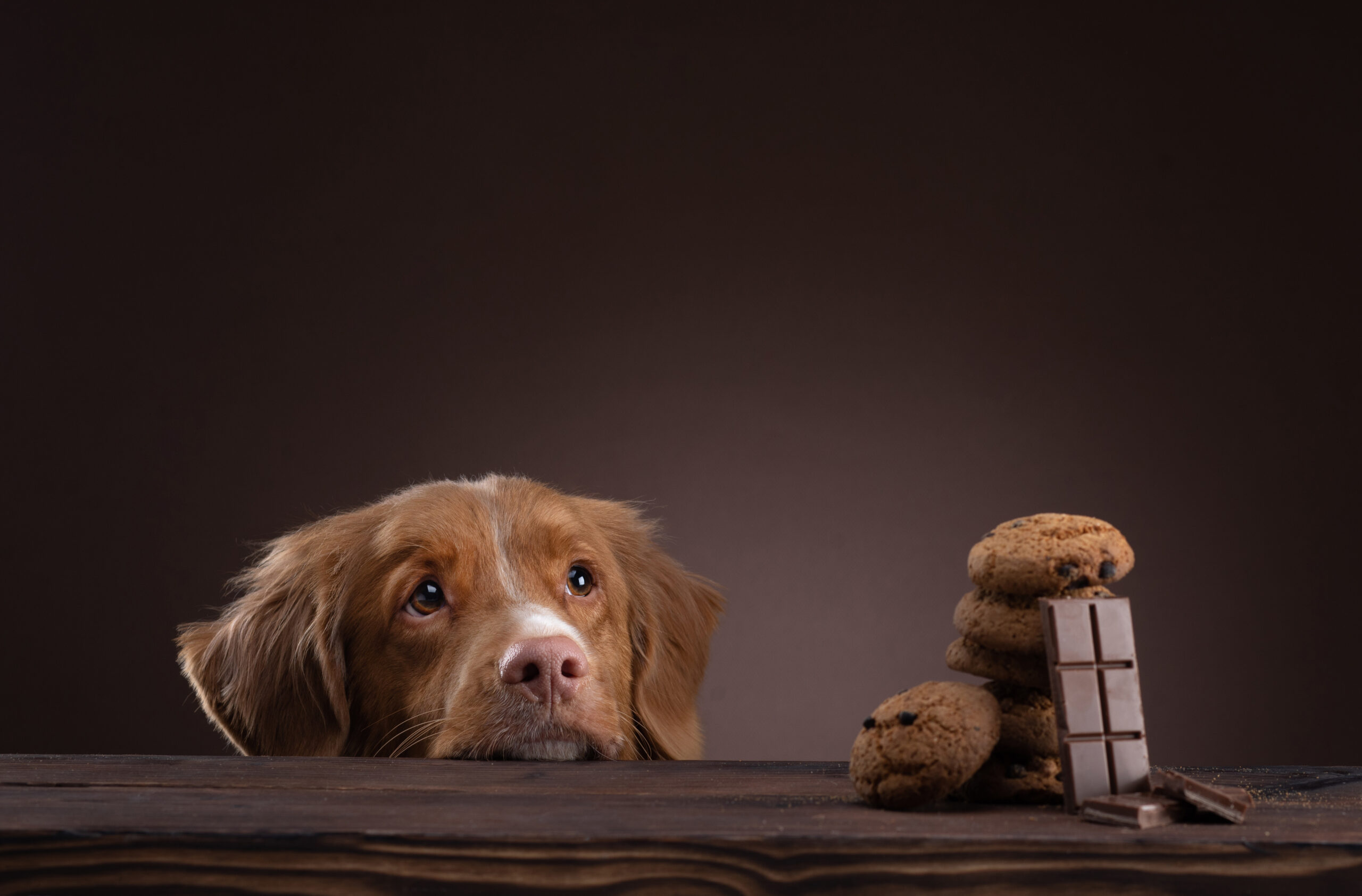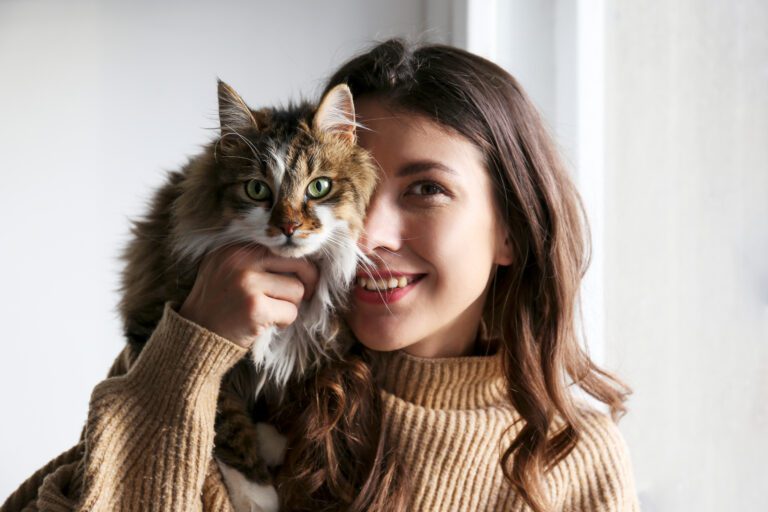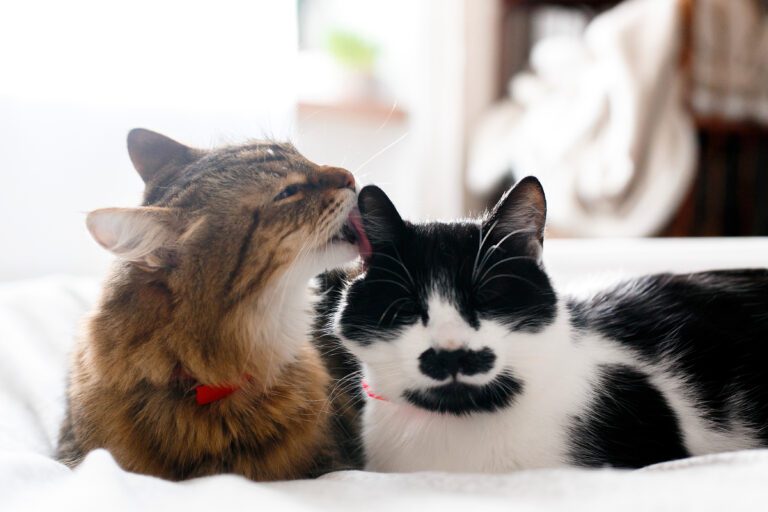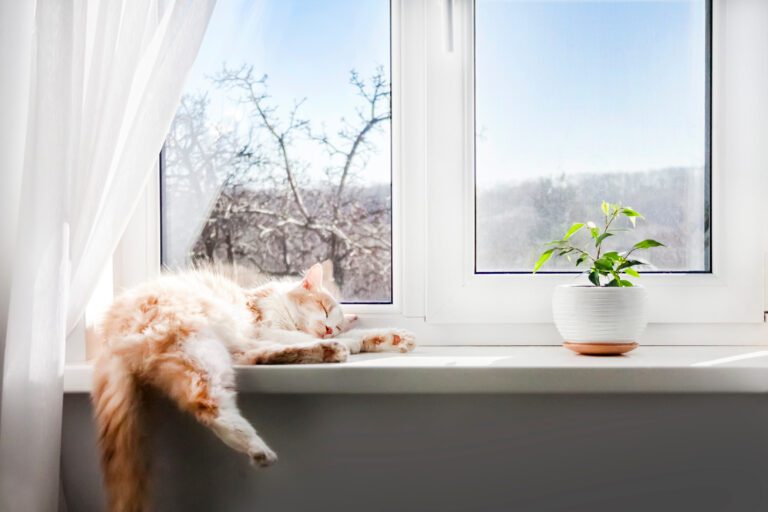Halloween is a spooktacular time of year filled with costumes, decorations, and, of course, candy. While we humans eagerly indulge in the sweet treats, our pets may also be tempted by the colorful and aromatic delights that are readily available during this season. As a responsible pet owner, it’s crucial to be aware of the potential dangers posed by Halloween candy and to know what to do if your furry friend manages to snag a forbidden treat. In this blog, we’ll discuss the steps to take if your pet gets ahold of Halloween candy.
1. Stay Calm & Assess the Situation
The first and most important thing to do is to stay calm. Panicking won’t help your pet, and it’s essential to keep a level head to address the situation effectively. Quickly assess what your pet has ingested, how much, and whether it contains any toxic ingredients.
2. Identify the Candy Ingested
Halloween candy comes in various forms, and some are more dangerous to pets than others. Chocolate, especially dark chocolate and cocoa, can be toxic to dogs and cats due to theobromine and caffeine content. Xylitol, a sugar substitute found in sugar-free candies and gum, is extremely toxic to dogs and can cause rapid insulin release and hypoglycemia. Hard candies and lollipops can be a choking hazard, and wrappers can cause digestive issues if ingested.
3. Contact Your Veterinarian
If you suspect your pet has consumed a potentially dangerous substance, call your veterinarian immediately. Provide them with all the details, including the type of candy, quantity, and your pet’s weight. They can offer guidance on whether immediate action is required and what steps to take next. In severe cases, they may recommend you rush your pet to the nearest animal emergency clinic.
4. Induce Vomiting (Only if Instructed by a Professional)
Do not attempt to induce vomiting without specific instructions from your veterinarian or a pet poison control hotline. In some cases, vomiting may exacerbate the situation or be contraindicated. Always seek professional guidance first.
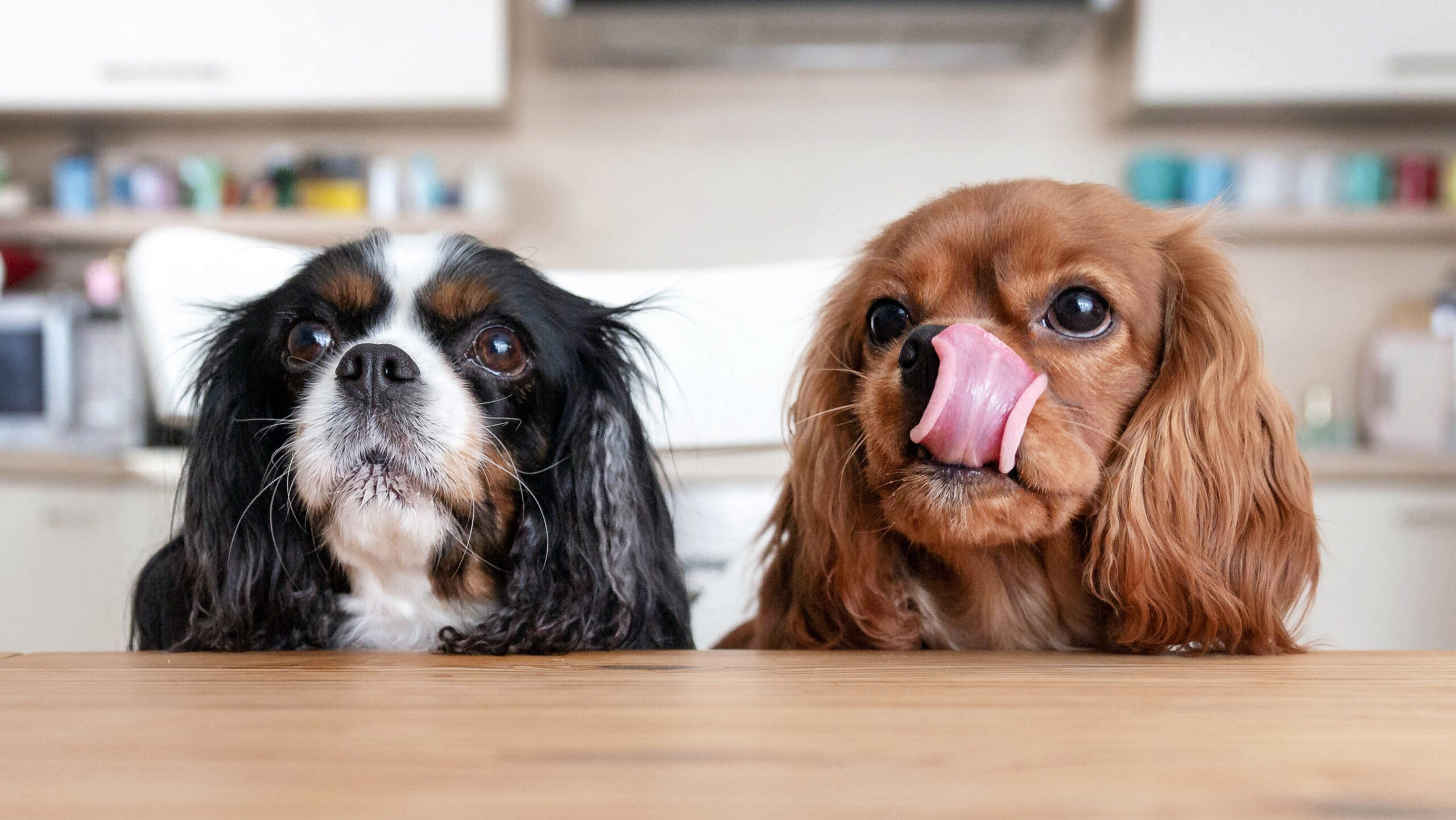
5. Monitor Your Pet
While waiting for professional advice or during the initial stages of treatment, keep a close eye on your pet. Look for any signs of distress, such as vomiting, diarrhea, lethargy, rapid breathing, or seizures. These symptoms may indicate a medical emergency, and you should act accordingly.
6. Keep Candy Out of Reach
Prevention is the best course of action when it comes to keeping your pet safe from Halloween candy. Ensure that all candy is stored securely out of your pet’s reach. This includes candy bowls, treat bags, and even discarded candy wrappers that might still carry enticing scents.
7. Consider Pet-Friendly Treats
To include your furry friend in the Halloween festivities, consider offering them pet-safe treats or toys designed specifically for pets. This way, they can enjoy a treat without the risks associated with human candy.
8. Educate Your Family and Guests
If you have family or guests visiting with their own candy, make sure they are aware of the dangers that Halloween candy poses to pets. Ask them to be vigilant and keep their treats well-guarded.
Halloween should be a time of fun and celebration for both you and your pet. By taking precautions and knowing what to do if your pet gets ahold of Halloween candy, you can help ensure a safe and enjoyable holiday for everyone. Remember, prompt action and communication with your veterinarian are key to addressing any potential candy-related emergencies that may arise. Here’s to a happy and spooky Halloween for you and your beloved pet!



